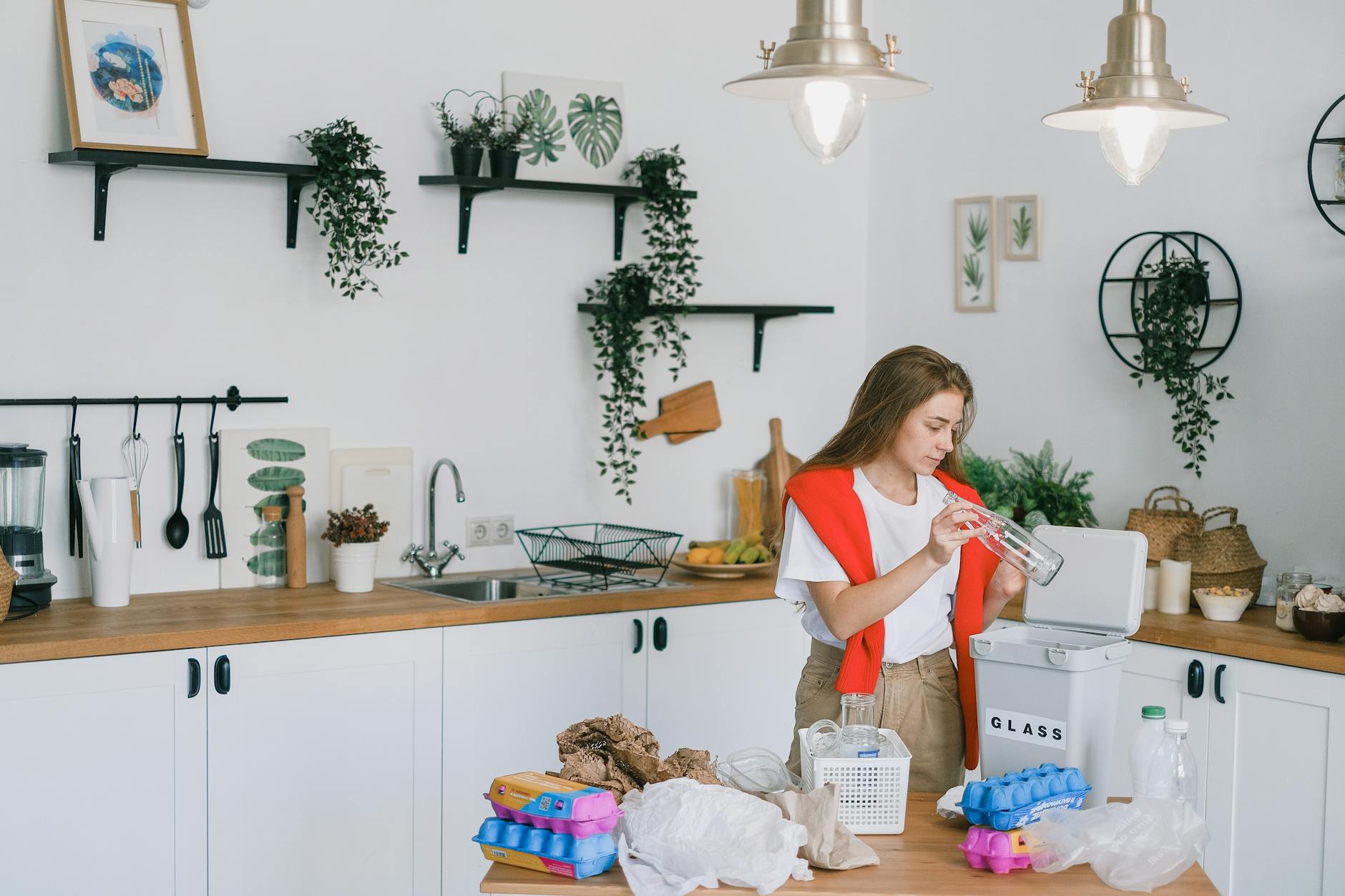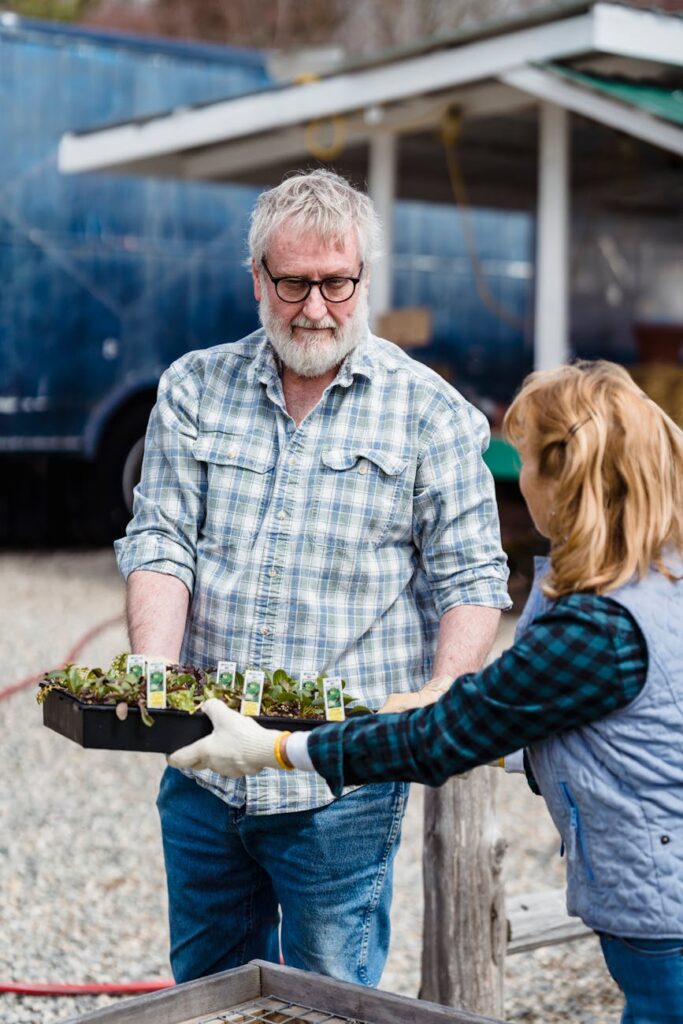Sustainable minimalism: what this guide covers
Sustainable minimalism blends the aesthetic and practical principles of minimalism with an explicit focus on environmental impact. This article explains the core principles, shows how to declutter with the planet in mind, outlines criteria for buying and keeping items, and gives concrete daily habits and community-level practices that reduce resource use and waste. The goal is not perfection but measurable improvements: fewer possessions that serve multiple purposes, lower consumption, and greater longevity for what you own. Whether you are building a capsule wardrobe, rethinking kitchen supplies, or shifting to a low-waste lifestyle, you will find actionable steps, simple rules of thumb, and an easy framework to scale sustainable minimalism across home and community life.
Principles of sustainable minimalism
Sustainable minimalism rests on three interlocking principles: reduce, maintain, and circulate. Reduce means buying less and prioritizing multifunctional items. Maintain focuses on care and repair to extend product lifespans. Circulate emphasizes reuse, sharing, and resale so items stay in use rather than becoming waste. These ideas influence decisions from wardrobe size to grocery shopping and home furnishings.
Start by clarifying values and functional needs. Ask: what do I use daily, weekly, or rarely but meaningfully? Keep items that meet documented need, have durable materials, or perform multiple roles. For purchases, prefer transparency about material origin, repairability, and end-of-life options. Combining minimalism with sustainability shifts the metric from “how little I own” to “how little environmental impact my possessions cause.”
Decluttering with an eco focus
Decluttering is a core minimalism practice, but doing it sustainably requires intentional disposal and reuse. Instead of a one-day purge that sends items to landfill, follow a staged approach that maximizes reuse and reduces emissions from transport and repurchasing.
- Sort into five piles: keep, repair, donate/sell, repurpose, recycle. Aim to limit landfill-bound items to true waste.
- Repair before replace: look for local repair shops or learn basic mending. Extending an item’s life often has a larger environmental benefit than buying a “greener” replacement.
- Donate or sell thoughtfully: prioritize local channels to reduce shipping, and target organizations that will actually use the items.
- Repurpose creatively: textiles can become rags, jars become storage, and furniture components can be upcycled.
Decluttering also creates data. Keep a simple log of what you discard and why. That record helps prevent repeat purchases and builds habits aligned with sustainability goals.
Choosing sustainable essentials
Once you have fewer items, being selective about what remains or what you buy next matters. Use a buying checklist focused on durability, multipurpose use, low-impact materials, and end-of-life options. Think quality over quantity and favor products designed for repair, with spare parts available.
- Materials to prefer: natural fibers with low chemical treatment, stainless steel, glass, responsibly sourced wood, and recycled materials with clear supply chains.
- Avoid: single-use plastics, items with non-replaceable batteries where possible, and fast-fashion garments priced for disposal.
- Services to consider: rentals, borrowing networks, and subscription services that reduce ownership when items are infrequently used.
Below is a simple comparison showing estimated monthly waste or cost impact from common swaps. Values are indicative and will vary by household.
| Swap | Estimated monthly waste saved | Estimated monthly cost change |
|---|---|---|
| Single-use plastic bottles -> refillable bottle | ~3 to 6 plastic bottles | Upfront cost +$10, long-term savings |
| Disposable coffee cups -> reusable cup | ~4 to 12 cups | Small upfront cost, save ~$5–20 depending on habits |
| Fast-fashion buy 4 items -> capsule 8-piece wardrobe | Reduced textile waste by up to 50% yearly | Higher per-item cost, lower annual spend |
| Paper towels -> washable cloths | ~10 to 20 paper rolls | Low upfront cost, save on recurring purchases |
Home and daily habits that compound impact
Sustainable minimalism becomes powerful when small daily choices are consistent. Replace multiple single-purpose items with a few high-quality, multifunctional ones. Pair that with routines that reduce energy, water, and waste. Examples include cooking from scratch to reduce packaging, consolidating laundry loads, and using energy-efficient lighting and power strips.
- Kitchen: adopt bulk shopping with reusable containers, keep a simple set of durable cookware, and compost food scraps when possible.
- Cleaning and personal care: choose concentrated cleaners or refillable formats, and favor bar soaps over plastic bottles.
- Maintenance routine: schedule seasonal checks for clothing and appliances, mend as needed, and maintain tools to avoid premature replacement.
These habits reinforce earlier choices: fewer items to maintain makes maintenance realistic, and mindful use reduces the need to replace items. Track a few simple metrics, such as monthly waste weight or money saved, to keep momentum.
Scaling sustainable minimalism beyond the home
Sustainable minimalism can move from personal practice to community practice. Share tools and large items through local tool libraries, host clothing swaps, and support circular businesses that repair, refurbish, or remanufacture goods. Policy and market shifts matter too: choose services and brands that prioritize repairability, transparency, and take-back programs.
- Community actions: organize a neighborhood repair cafe, set up a swap day, or start a group bulk-buy for staples.
- Advocacy: vote with your wallet and voice—support extended producer responsibility and labeling that clarifies a product’s lifecycle.
- Business engagement: encourage employers to adopt shared resources, like communal kitchenware or equipment libraries, reducing individual ownership needs.
Scaling ties back to individual practice: households that model low-consumption, high-durability choices create social norms that reduce demand for disposable goods.
Conclusion: practical outcomes and next steps
Sustainable minimalism is a pragmatic way to lower environmental impact while simplifying life. Start with the three principles: reduce what you own, maintain what you keep, and circulate what you no longer need. Declutter in stages with a focus on repair, donation, and local reuse. When buying, select durable, repairable, and multiuse items and quantify the benefits of swaps to reinforce behavior change. Build daily routines that reduce waste, energy, and water, and expand efforts into your neighborhood or workplace by sharing, swapping, and supporting circular services. Small adjustments compound: fewer items that last longer means less waste, lower lifetime cost, and a clearer path toward a low-impact lifestyle. Choose one habit to adopt this week and let momentum carry you forward.
Image by: SHVETS production
https://www.pexels.com/@shvets-production




